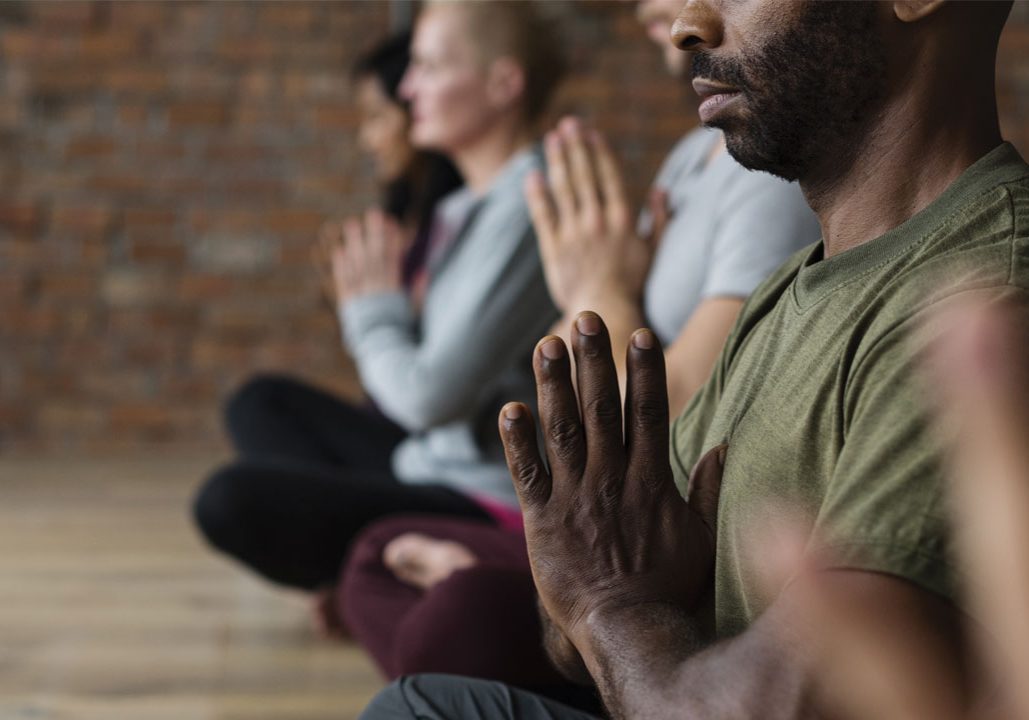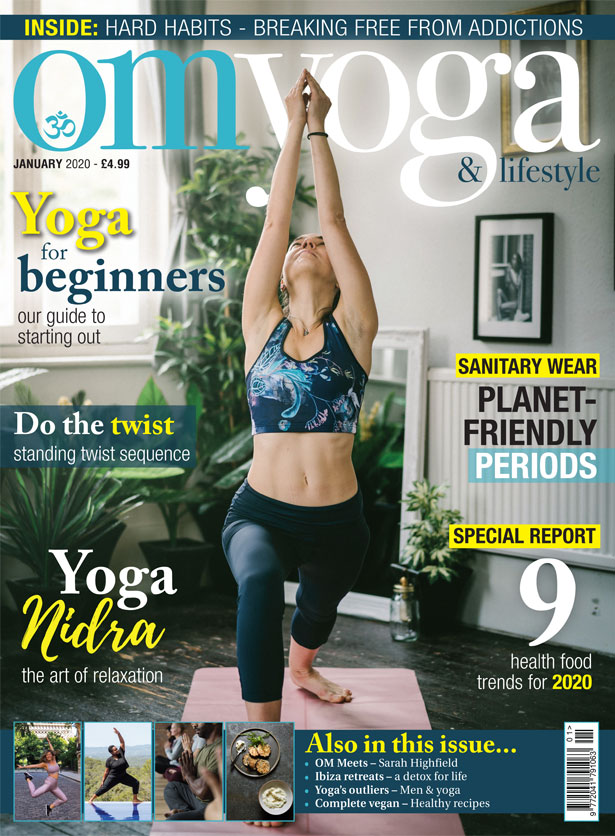
Yoga's outliers
Men are still in the minority when it comes to yoga in the West. They are yoga’s outliers, says Gregory Ormson
Everyone is broken and we all need yoga to heal division and strife. If we in the yoga world can’t overcome our own barriers and biases, and if yogis can’t create a new world of equality and wholeness with yoga healing, who can?
I’m from the US’ Midwest where my boots were stained with the weight of my story: mud, dirt, and blood. Now I live in the desert and do yoga where I’m part of the sore hamstring tribe. Yoga has taught some men, like me, to shift our lives and exchange arm strength for core strength, to find wholeness through cooperation rather than the fracture of competition, and to ‘descend in order to ascend’. This, according to Iyengar, is yoga’s way to progress, and a reversal of the hierarchical Gospel to reach ever higher and higher with effort and more effort.
Girls rule
I’ve noticed in the yoga world a shape — shifting environment with new tools, a new philosophy, and a new reality: for the most part, women are in charge.
I’ve been practicing publicly for seven years and have been to many studios in four states. When I travelled to India, Argentina, Europe, and Korea I was not yet doing yoga. But in Hawaii, Michigan, Wisconsin, and Arizona I’ve noticed a slight increase in the numbers of men practicing. And yet most still stay away. They’re not willing to work through barriers they experience — whether intentional or not — in the modern-day yoga studio.
Women will not like hearing this, but, in my opinion, there are unspoken blocks to men in contemporary yoga studios. Most are subtle, while some obstacles are direct and intentional. Women are willing to teach us, but they don’t trust us. I understand their reasons.
According to a survey by Gfk (Gfk.com) 80% of women in the US have, in some way, been harassed or worse by men both sexually or in other ways. When I saw one of my daughter’s social media posts tagged with #MeToo, I too felt my blood boil. Many women in yoga (and a few men) have experienced the painful reality of sexual harassment and abuse.
The modern era
Until the last 100 years, yoga was cloistered away as an expression of disciplined physical, intellectual, and spiritual life. Yoga was reserved for men of the high priestly and scholarly class; this has changed. I’ve observed yoga summarised as a physical exercise practice available to all and presented in culture as a fashionable workout with a few bones tossed in the direction of tradition. In book stores, yoga books lean into beauty and diet offerings, and yoga magazines focus on stories for women. It’s not surprising for most classes are made up of 80% (or more) women.
Historically, yoga has been segregated. This doesn’t fit with yoga’s aims for balance and union. It didn’t fit then, and it doesn’t fit now. Is it balanced to have all women instructors on a staff of 15 or 20? Is it reflective of society or of the studio? Are there other fields where this similar disproportionate ratio in leadership is acceptable?
Perhaps we aren’t able to be inclusive as humans. Maybe separate sex yoga classes are the best option. I’m noticing more yoga single sex retreats. Recently, I noticed a yoga and writing retreat but then I read it was for women only. This is something we’ve all experienced, but does that make it okay?
A new hierarchy
Maybe it’s impossible to live out the Pedagogy of the Oppressed, the idea that when the once-oppressed take over, they will not do the same thing their oppressors did to them because they’ve experienced it. Women have been oppressed in the hierarchical system, and it’s easy to understand them adopting hierarchical male models in leadership and in yoga. Men have profited from hierarchical leadership and this model has taught leadership and sales to women. But don’t we think of the yoga world as different?
Can yoga be more inclusive now that women are leading as teachers, owners, and content creators? Will women address an unbalanced situation? Aren’t they asking some of these questions about yoga’s presentation to culture and the small numbers of men practicing? Do they think of men as an underserved population?
In our bodies, and in our sexual politic, we are all trailing clouds of shame. It’s why we’re suspicious of the opposite sex. In a climate of distrust, it’s hard to build equality and unity. Consequences are ruined gender relationships born from the experience of power and exploitation. The yoga world is not exempt from any of this because the yoga world is still the world of people.
Toward inclusion
I don’t have a far-reaching answer. I don’t even know if it’s an issue. But I know I will continue to practice at yoga studios in spite of a clear imbalance. I will keep going because yoga fixed my injured back, and the proof is in my body. I continue to write, hope, engage and teach yoga toward true equality. I will work to overcoming my blind spots and unintended barriers. Will you?
Then, starting from the place all yoga starts — the self — we can move toward balance, inclusion, and equality one yogi at a time. If women can get past their bad — or even horrible — experience with some in my gender, and if I can get past mine, maybe we can be equal partners; neither one better or worse but 100% equal while displaying different faces to our essential Oneness.
Writers Note: OM deliberately works to include men, as in the OMFM and ‘Man on the Mat’ section. I thank you for that.
Gregory Ormson teaches yoga for motorcyclists in Arizona and leads Yoga-Breath, Breath of Life workshops accompanied by his Bhakti-style band, Sat Song. He also blogs on yoga, music, motorcycling and landscapes at: gregoryormson.com


